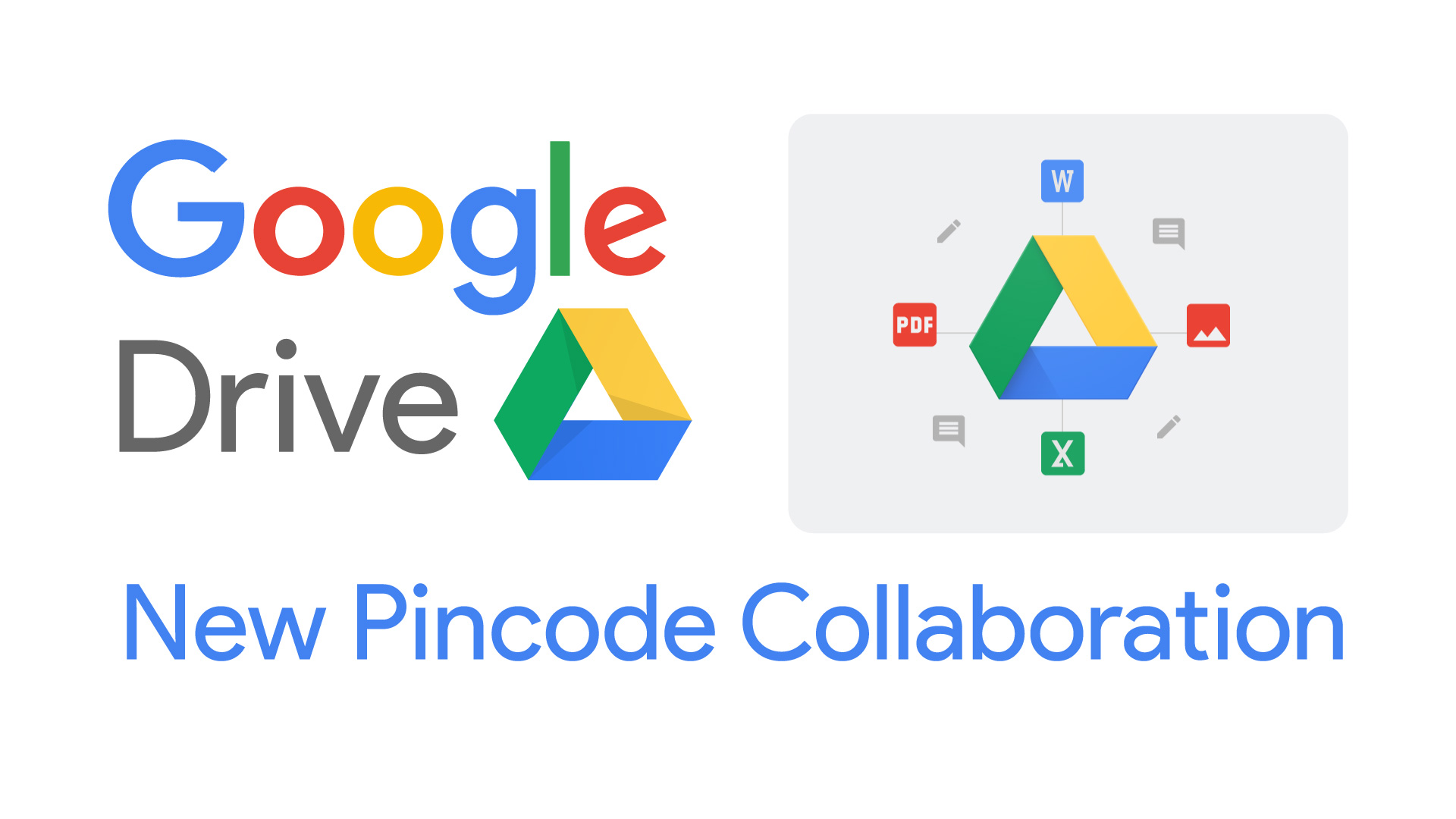

Our lives are full of digital photos, important emails, and valuable data files of one kind or another - some personal, some work related. Protecting ourselves from data loss is more important than ever. In short, how can I ensure I have complete control and access of my data? Backup Everything! As you define or revisit your backup strategy, ask yourself the following questions: Have I got a copy of my Cloud data? Where is my data stored in the Cloud? What happens when a Cloud service is subject to a security breach? Is the convenience of a free online backup enough? Can I easily roll back to view a version of a file? Can I recover my data without online access? You might store, backup, or synchronize data to the Cloud using a service like Google Cloud Storage, Dropbox, or Amazon S3, but if you think local backups are not necessary because of the Cloud, think again. This article focuses on Cloud Backup and considers its strengths and weaknesses.


 0 kommentar(er)
0 kommentar(er)
